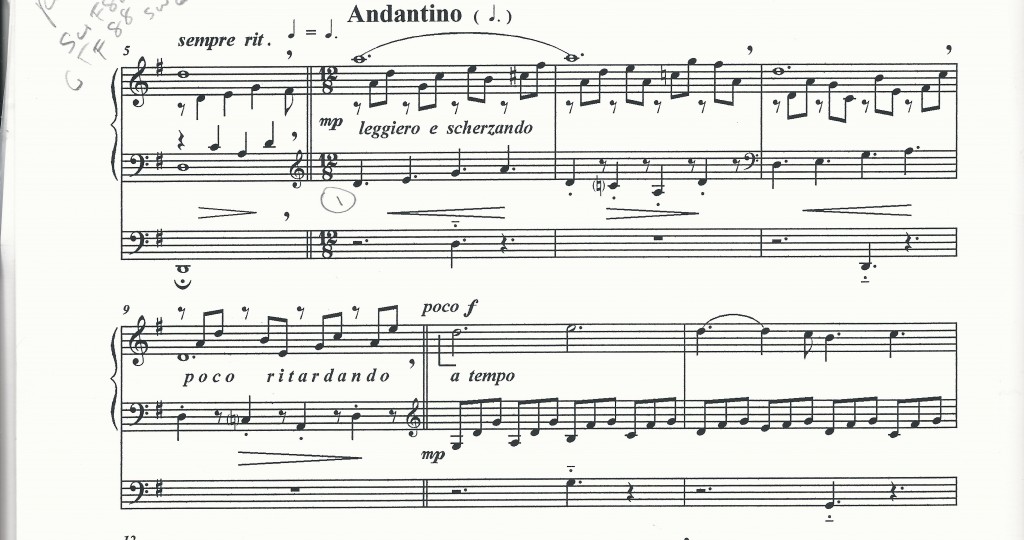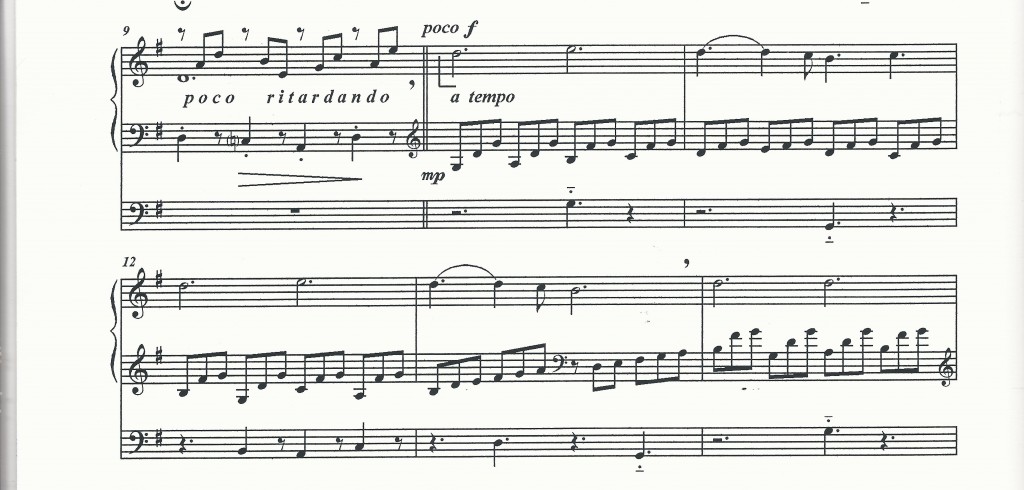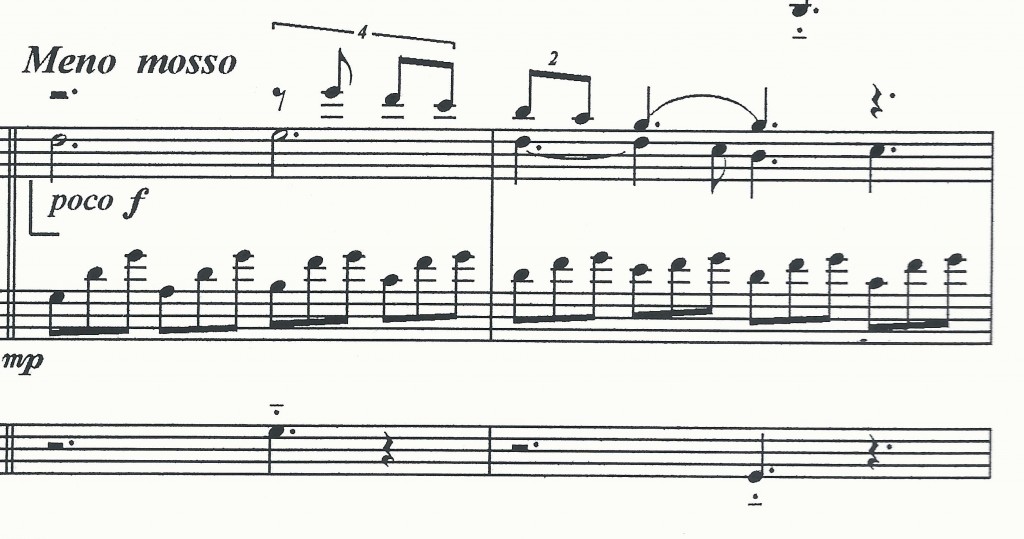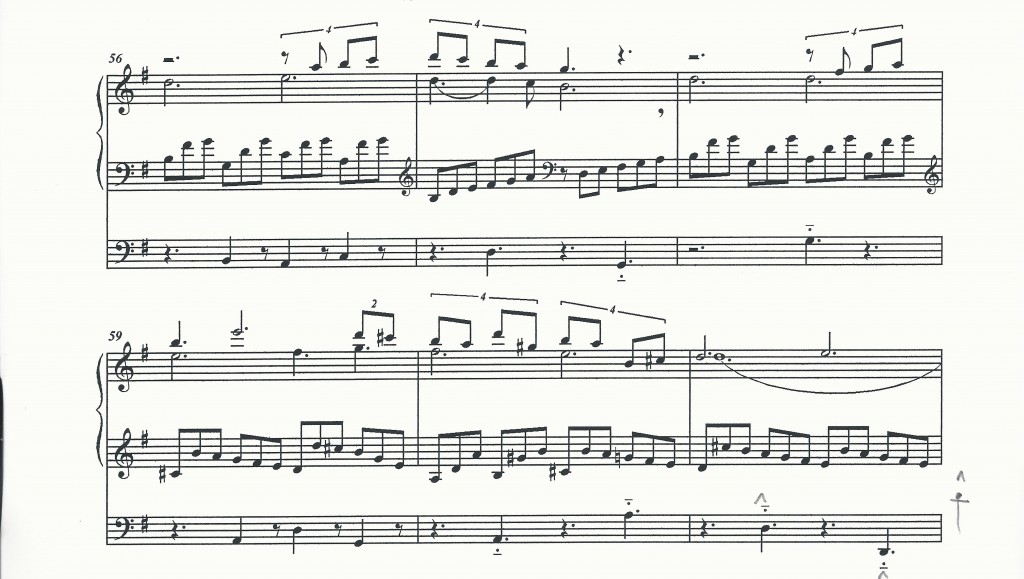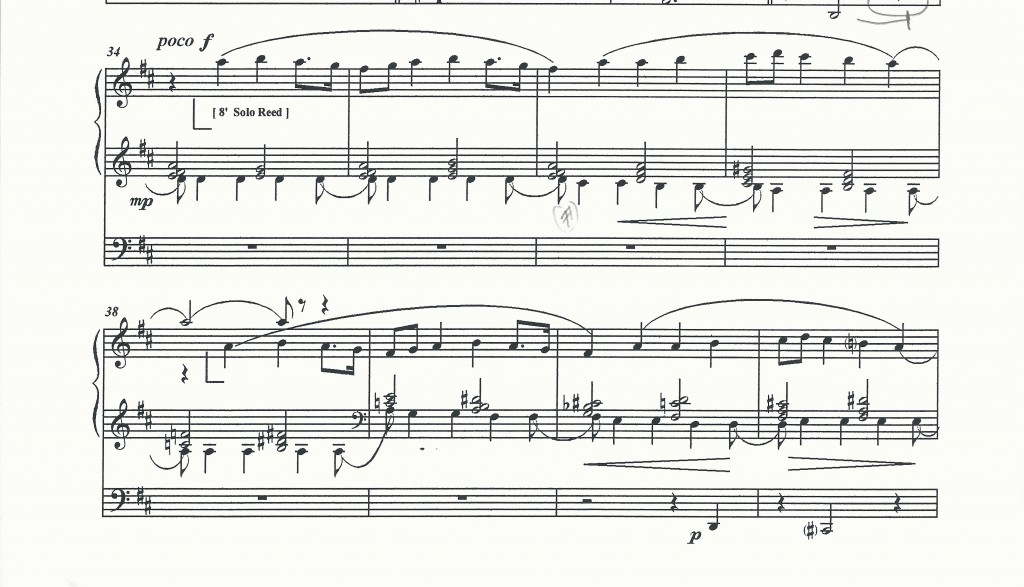I arrived at my 9 AM class yesterday to find out they didn’t need a pianist.
They had rescheduled a modern dance class. I have played for these. They aren’t nearly as interesting musically as I used to envision. Modern means (in the classes I have played for) other division of phrases than 8 measures. So one might have a six measure phrase or a three measure phrase. Rarely an odd number.
I had originally envisioned modern dance uses odd rhythmical divisions in the rhythm of the music instead of irregular phrase lengths. It most probably does in performance. But dance class is a different animal than performances emphasizing exercises called “combinations” which allow the development of small bits of technique.
Anyway I walked home and balanced my checkbook and paid bills. I was joining in a discussion on Facebook about Catholic hymn singing when I looked up and it was time to rush back for my second class of the day and the last class of the camp.
For some reason I felt mentally fatigued at this class. I managed to continue to make up music to fit the needs of the teacher. But I didn’t feel like I was coming up with musical material as good as usual.
This feeling seem to continue as the class went on. Near the end of the class I had that horrifying moment when the teacher uses dance lingo and I have no idea what she means. At first she murmured her instructions from across the floor in an aside. (This is the usual approach. An instructor will be concentrating primarily on her/his instructions to the students. Embedded in them, not necessarily verbalized, is the information I need to provide music for the exercise. A good rehearsal pianist is one that does not need directions but can intuit what is needed. Usually I can do this pretty well.)
At her murmuring (which my old deaf ears didn’t quite pick up) I did what I usually do and simply start up some music and let the teacher correct me if it’s not what is needed. She did not correct me. But later in between stopping and giving more information to the dancers and then restarting up the exercise, she came to the piano and requested that I play a “Coda.”
Yikes.

Here I am in the last few minutes of my work, exhausted mentally and physically. I know that she means something specific. But what? I did what I usually do when baffled in this situation. Instead of requesting an explanation (time is of the essence in this work) I asked her to sing what she needed. She did and I patterned my improvisation on her singing.
I continued to feel like my musical ideas were pretty crappy for the rest of the class. It was not a great way to end what was for me a pretty good week.
I came home and looked up “Coda” in my dance dictionary.
Here’s what it said.
Coda
(1) The finale of a classical ballet in which all the principal dancers appear separately or with their partners.
(2) The final dance of the classic pas de deux, pas de trois or pas de quatre.
from Technical Manual and Dictionary of Classical Ballet by Gail Grant. I found the same definition online here.
This is not extremely helpful, but I think I get the idea. What threw me off was of course that in music the word “Coda” has a slightly different meaning.
1. The closing few measures of a composition, usually not a part of the main theme groups of the standard form of a composition, but a finishing theme added to the end to give the composition closure; in sonata form, the coda is anything that occurs after the recapitulation. The coda is sometimes indicated with the notation of a “0” with two intersecting lines (as shown below). This is typically used in compositions that employ a da capo (D.C.) or dal segno (D.S.). Often the terms “D.S. al coda” or “D.C. al coda” are also used which indicate that the performer is to perform the coda portion of the composition after repeating to either the sign (D.S.) or to the beginning of the composition (D.C.).
2. Anything after the last entry of the theme or subject in a fugue.
The rest of the day my head continued to spin.
Thank goodness I have today off.
*********************************************************************
Little-Known Dutch Sports Experience a Revival – NYTimes.com
And the best part is this stuff is all for real.
*********************************************************************
The Endless Summer – NYTimes.com
********************************************************************
